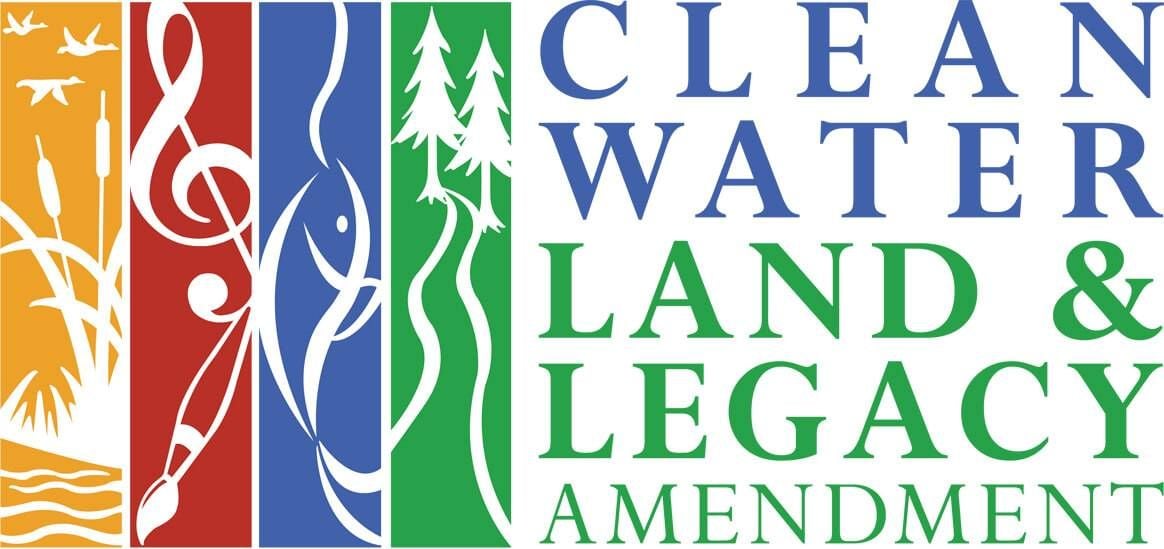Choosing Home: A Right, A Privilege or an Act of Trespass
Artist Jovan Speller's exploration of America's history of land ownership and the complicated questions it sparks
TPT: Please describe your presentation at the Walker Art Center.
Jovan Speller: The Walker presentation was called Choosing Home: A Right, A Privilege or an Act of Trespass and it came out of the MN Artists Presents program, which is an interesting platform, where I applied essentially to be a guest artist/curator to present work that came out of themes that I was already playing with in my personal art practice.
At the time I was really interested in a lot of things: immigration, land, privilege, privilege over land, and stories to do with the land. And so, I was trying to figure out a way to bring all of these kinds of questions that I had together and so that's kind of how Choosing Home came to be. I wanted to look at the various stories that happened on specifically American land. And I wanted to partner with really cool, brilliant artists that could help me explore the question of what it was to choose your home.
TPT: What sparked this idea?
Jovan Speller: I come from a place as an African American whose ancestors were slaves, where choosing home is this like really kind of weird, confusing place. We are American. We don't know anything other than this country. But we're asked to “Go back to Africa” and my question is like, damn, wouldn't that be just so easy? Like if that was a real option, you know, wouldn't it be amazing to be surrounded by people who shared a culture, your culture and were your brothers and sisters and you felt some sort of connection with. What does it feel like to be connected to a place or a culture? It's just not reality though.
This is home, this is it. This is the place where our blood, sweat, bodies, tears and families began and continue to exist. So, what does it look like for me to plant roots here as a choice? I mean, it's a choice to claim it, I think. Because there are so many African Americans and black people here that don't feel welcome and it's hard to not feel welcome in a place that you belong. So, what does it feel like and what does it look like to claim the space?
I started thinking about land, the land that my ancestors were slaves on. I'm still looking into those stories, but as I was researching I got curious as to the history of that land before my ancestor’s time. That’s when I started thinking about Native stories, I wouldn't say for the first time, but I think the first time in a way that I could connect it to my own history enough to explore it and kind of find a starting point because both of these histories are so huge. And I’m not a historian, you know, I'm just an artist. It's hard to really dig in to the stories unless you have an entry point. And so I reached out to Dyani White Hawk to see if we could both explore whether or not there are any bridges between African American culture and Native American culture.
TPT: In addition to Dyani White Hawk you collaborated with two other artists on this project. Why did you choose these particular artists and what was your process for curating the event?
Jovan Speller: It was a really hard role to define when you're collaborating with three really awesome professional artists who have expertise in a lot of ways beyond mine with working with certain institutions and working at a professional level. I've worked at the professional level as a curator. I haven't worked at that professional level as an artist often, in terms of presenting in these spaces as an artist. So I really wanted to work collaboratively with everybody involved and kind of figure out what was going to be the best way to present this really difficult discussion.
Dyani White Hawk suggested that we work with Rosie Simas, who is an amazing dancer, storyteller and choreographer. I had always wanted to work with Alanna Morris-Van Tassel who is also an amazing dancer, choreographer and storyteller. All of us were kind of working out the same notions in our separate processes and in our separate practices. So we brought them together for one night at the Walker to present just a piece of our exploration.
We really wanted to try to find an entry point; what are the ways in which there's common ground or common story between Native culture and Black culture. I feel like maybe our capacity to reconcile those stories might be expanded if we can share our stories with each other. I would really like to be able to start to bridge those gaps and ask people to ask more questions, and be more interested in both Native culture and African American culture.
I think the main thing that I wanted people to walk away feeling is that there are gaps that we can bridge not only with conversation but with sharing story and art and ritual, and opening our communities up to each other, especially when we have so much or such a similar history within this country when the stories over land in particular are so similar.
Special Thanks: Minneapolis Photo Center
Minnesota Music: Andre Rodriguez, Candid Kid, Ellis, John Mark Nelson, When We Land
Production Team: Amy Melin, Brennan Vance, David Canada, Ezra Gold, Jack Davis, Joe Demko, Michael Phillips, Tom Adair

This story is made possible by the Arts and Cultural Heritage Fund and the citizens of Minnesota.
